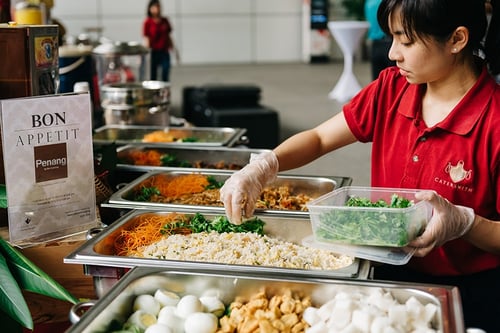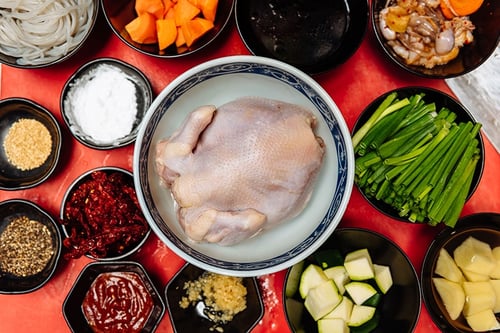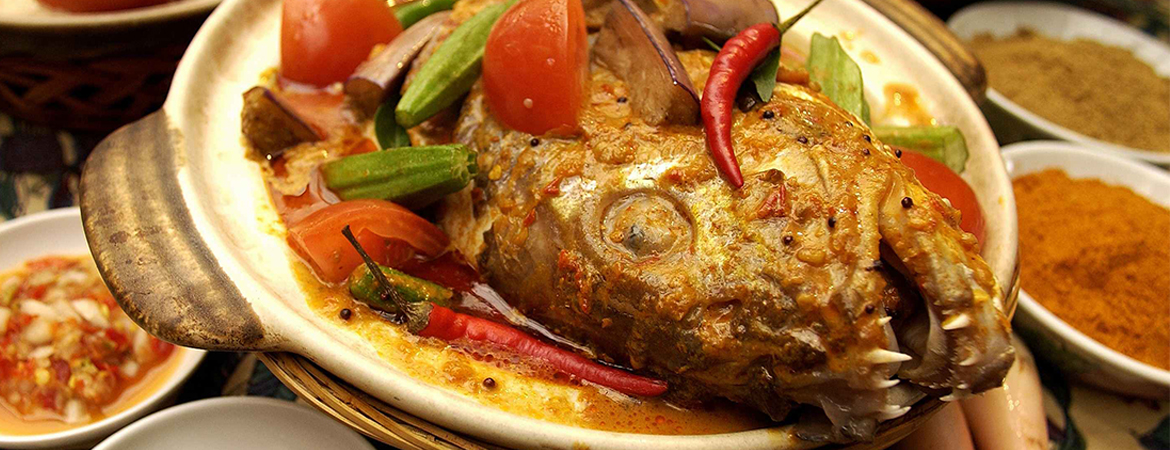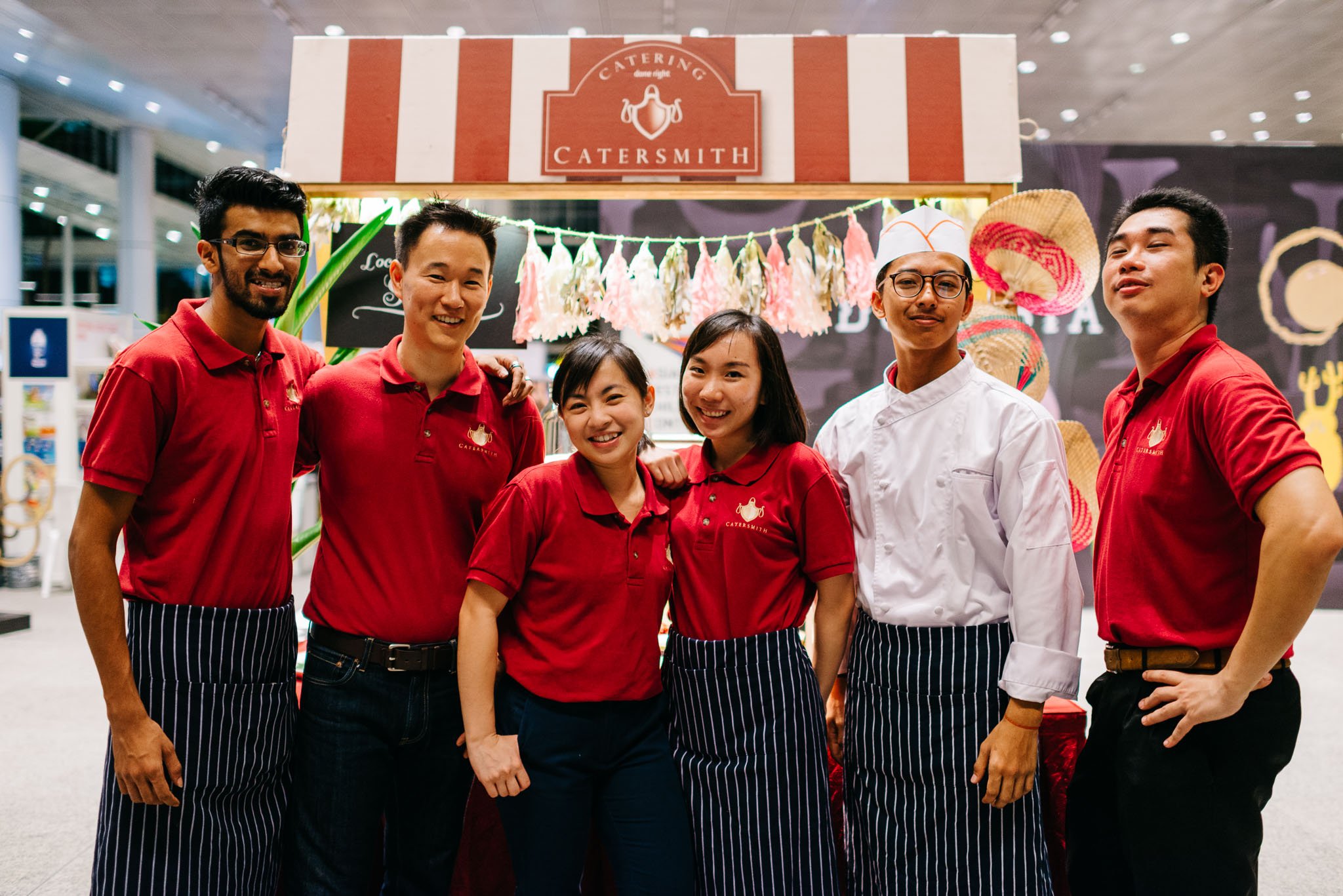8 ways to make feeding a big team simple but delicious
Catering for a large group of people for an event once is stressful enough, more so if you have to do it every other week or day.
The hardest part is getting started. It can be intimidating to put together a corporate meal subscription or regular team meals from scratch. Where do you start? What type of catering should you opt for? What’s the best cuisine to choose?
After starting with a clear idea of why you want to feed the team, the next most crucial step is to figure out how to get your team great food! Catersmith has come up with a guide on how to make feeding your team simple but delicious.

1. Look for a variety of cuisines
Having the same kind of food everyday can get boring. That’s why the biggest challenge that our customers face while setting up a corporate meal subscription is finding a caterer that can provide a variety of cuisines.
Your best bet is picking one that offers at least three to four cuisines, namely local food (because everyone still loves to eat within their comfort zone), Thai (for a spicy kick), Japanese or Korean (a special treat with familiar flavours), and Italian or French fare (to completely break the monotony of Asian food).
2. Research on the range of dietary preferences
Every company is made up of different people from different walks of life and different dietary needs. That’s why most of our clients often have to plan their team meals to accommodate up to eight different dietary preferences.
Be it a need for halal, vegetarian, gluten-free or shellfish-free food, it’s important to first find out what those requirements are amongst your team. A caterer that is first willing to work with your requirements can really help as well, since many often prep meals in large batches and therefore can’t make smaller sets just for a handful of diners.
Besides looking for a company that can cater to your needs, another way to work around this issue is to consider adding individual bento boxes for different dietary preferences to the standard buffet line so that all needs are met.
3. Ordering food that arrives on time
Punctuality is key. When you’re catering for a large group of people for anything between one to five meals a week, the last thing you want is to constantly have to panic about where your food is.
There are many instances that could delay the arrival of food (for example, wonky service lifts), but to give yourself a peace of mind, find a caterer that’s able to provide you with order and delivery tracking, or that sends SMS updates on the delivery’s location.
If that’s not available, ask for a direct number that you can contact and talk to immediately for assistance when you need it.
4. Find a vendors that take your feedback seriously
Many caterers push out ridiculous amounts of food from their kitchens, often for huge events with up to 600 pax each. Compared to that amount, corporate meals for a group of say, 80 is a small order. That’s why when you make special requests, for example, asking for the curry to be less spicy for the next team lunch, chances are you might get ignored.
However, it shouldn’t be this way.
A good caterer takes your feedback seriously because they would want to do a good job, and in turn help you do yours better. Look for a caterer that is committed to making your food programme work and listens to you closely to find the best way to work towards your goals.

5. Consider period contracts or subscriptions
When you cater regularly for team meals, the ordering ultimately becomes routine and predictable. As it gets easier for you to order, it gets easier for your catering company to prepare that order.
That’s where period contracts or subscriptions come in.
A subscription or contract that spans a period of time can give you better rates and more cost savings, which will help you manage your budget and get more bang for your buck. That means, possibly more food for the same budget.
6. Find inspiration from your friends, family and own experiences
What your team will enjoy eating won’t be far off from what you and your family love — good food is good food. If you or any of your loved ones have engaged a caterer for a personal affair that you really enjoy, try ordering from them for your team.
Who knows, you might receive positive feedback, and even find a long-term partner for all your catering needs.
7. Find real food
When you’re catering food for your team regularly, you’ll definitely want healthy, wholesome offerings.
Look out for caterers who use more fresh ingredients, and less processed and deep-fried food.
We’re not saying you should stick to typically healthy fare like salads and wraps, as those might not be everyone’s cup of tea. The key is to look out for caterers with menus with stir-fried or stewed veggies and meats, with deep-fried food once in a while, instead of menus filled with fried sotong balls, sausages, crab sticks and fish balls.

8. Get help with meal planning
If you’re in-charge of your company’s food programme, that means you’re probably dealing with dozens of vendors, managing your boss’ and colleague’s opinions, and trying to pick the right dishes out of six choices, all on top of your other work.
So it’d be a bonus if your caterer could plan the meals for you based on the dietary requirements and preferences of your team. All you’d have to do is make edits and make approvals to the plan.
For a successful team meal, simply follow our guide above and join our mailing list for more articles on corporate and team catering tips and tricks to come. If you’re looking for a catering company that offers subscription team meal service and food planning, contact us now!



